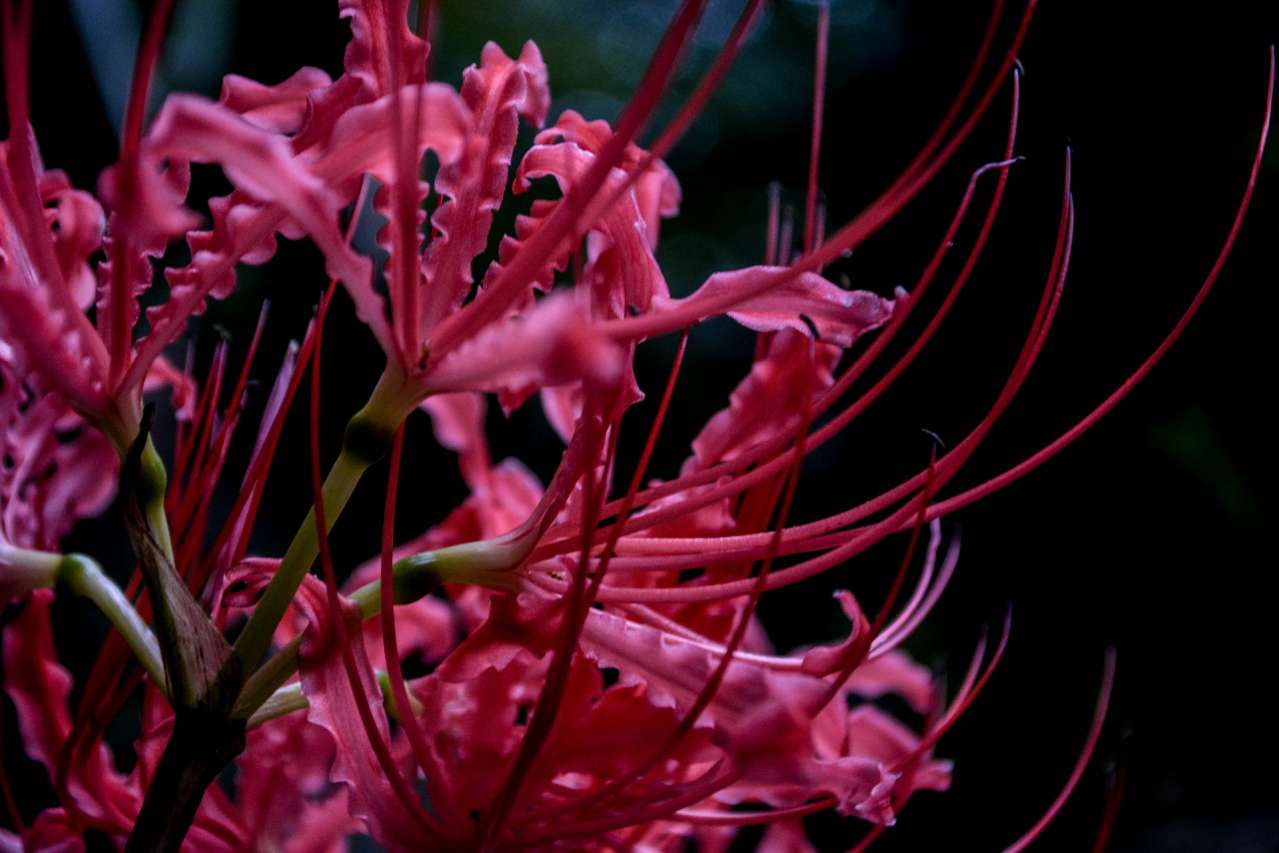Beautiful Flowers for the Garden: How to Grow Licorice

Licorice is an unpretentious plant that can live in one place for up to 4-5 years, and only after this period does it need to be transplanted.
What does lycoris smell like
Lycoris flowers are bright pink or purple, and sometimes white. Flowering begins in early summer and continues until the end of autumn, and even in warmer climates can be observed throughout the year. Licorice is also known for its anise-like aroma.
How does lycoris grow
The plant propagates by seeds and daughter bulbs. Each bulb splits into two each year, which can only be split after the lycoris have finished blooming. The separated bulb takes root for a very long time, and in the year when the transplant took place, it may not give a single flower.
Licorice grows best in sandy soils. Before planting, clear the area of weeds, dig it, if necessary, with peat, sand and humus, and level the surface. Large bulbs of lycoris, covered with dark brown scales, are deepened so that they do not freeze out in frosts.
Licorice Care
Lighting: partial shade. Soil: sandy, fertilized. Watering: during the period of active growth - regular, after flowering is completed, moisture is stopped. Top dressing: not required, but the plant responds well to mineral complexes for bulbous crops.
